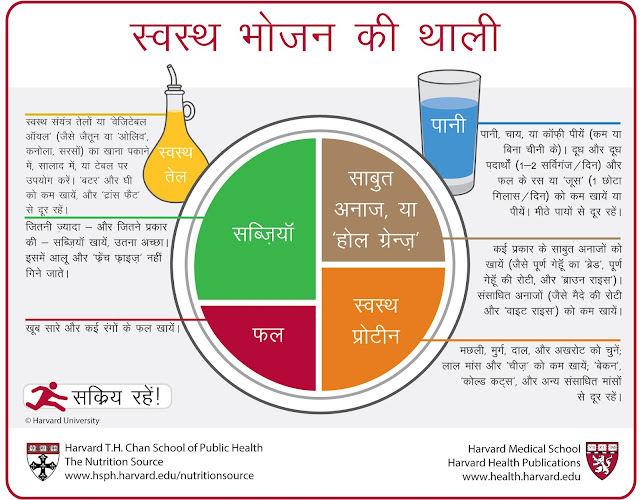The HIV/AIDS situation in India, and how the new Bill will protect victims
Indian Express explains the coming slew of protective measures — and the one important catch.
Written By Abantika Ghosh Published On: October 7, 2016 12:31 Am
At a protest to urge China, Japan and Germany to step up contributions to the fight against AIDS, tuberculosis and malaria in New Delhi in May 2016. More than two years after it was introduced in Rajya Sabha, a revised draft of the HIV and AIDS (Prevention and Control) Bill, 2014, which makes discriminating against a person living with HIV/AIDS a punishable offence, was cleared by the Union Cabinet on Wednesday.
How will it change things in India’s HIV/AIDS situation?
Why was the Bill needed?
 The Bill seeks to give a legislative framework to existing norms of non-discrimination against people living with HIV/AIDS — most crucially, making it a legally punishable offence to deny such a person health insurance on the ground of the infection that causes lowering of immunity. The Bill incorporates feedback from stakeholders, and also recommendations of the Parliamentary Standing Committee on Health and Family Welfare to which it was referred after being introduced in Rajya Sabha in February 2014.
The Bill seeks to give a legislative framework to existing norms of non-discrimination against people living with HIV/AIDS — most crucially, making it a legally punishable offence to deny such a person health insurance on the ground of the infection that causes lowering of immunity. The Bill incorporates feedback from stakeholders, and also recommendations of the Parliamentary Standing Committee on Health and Family Welfare to which it was referred after being introduced in Rajya Sabha in February 2014.
What was until now achieved through executive orders will, once Parliament passes the Bill, be laid down in statute. After the Standing Committee submitted its report, a Group of Ministers headed by Finance Minister Arun Jaitley finalised the draft that was sent to the Cabinet. Apart from insurance, the protection from discrimination mandated in the Bill extends to the fields of employment, healthcare services, educational services, public facilities, property rights, holding public office etc. It also recognises the right of a person living with HIV/AIDS to keep his/her health status confidential. Institutions are obliged to keep all such information confidential and reveal them only with the informed consent of the PLHIV (person living with HIV).
So, how many people are living with HIV/AIDS in India currently?
Approximately 21 lakh, as per government estimates. The adult prevalence is in the range of 0.3%, of which around 40% are women. Some states have more people living with HIV/AIDS than others. Four high-prevalence states of Andhra Pradesh, Maharashtra, Karnataka and Tamil Nadu account for about 55% of the total cases in the country. The prevalence of HIV has been decreasing over the past decade.
How will the proposed law help in the treatment of AIDS?
The Bill will bring a rights-based approach to AIDS treatment, making it imperative for both the central and state governments to provide treatment “as far as possible”. However, it is in these four words that a catch lies. Though the Bill lays down that treatment is the right of the patient, it stops short of making it a legal right — and therefore, a patient who is denied ART treatment cannot ordinarily drag any government to court. Last year, the Health Ministry had finalised revised norms for ART [antiretroviral therapy (ART) consists of a combination of antiretroviral (ARV) drugs to maximally suppress the HIV virus, and stop progression of the disease] that made all patients with a CD4 count of 500 eligible for ART against the earlier norm of 350. This brought an estimated 1 lakh additional PLHIVs under the ART umbrella, taking the number of Indians currently under the regime to approximately 12 lakh.
The CD4 count measures the number of CD4 T lymphocytes in blood, and is the most important laboratory indicator of how well the immune system is working in people with HIV. Employing the ART regime at a higher CD4 count means starting therapy earlier. Recent evidence suggests that earlier ART also reduces mortality (deaths) and morbidity (disease), and the incidence of opportunistic infections like tuberculosis.
What happens to an insurer that denies insurance to a PLHIV?
The Bill provides for the appointment of an ombudsman. The company would have to pay a fine of Rs 10,000 up front and a further Rs 5,000 per day until it agrees to give cover. The Standing Committee had said that “all HIV positive people should be provided insurance cover without any discrimination preferably at normal rate of premium or they may be charged slightly higher rate… but in no case exorbitant rate… should be charged… for providing insurance cover for both life and health insurance”. The government should “pursue the matter with the IRDA (Insurance Regulatory and Development Authority, the statutory insurance and re-insurance regulator) for providing insurance cover to all the HIV positive people without any discrimination”.
Has the HIV/AIDS funding situation changed after international organisations withdrew?
Not by much, if Health Minister J P Nadda is to be believed. In 2013-14, Rs 1,500 crore had been allotted, of which Rs 1,464 crore was spent; the corresponding numbers in 2014-15 and 2015-16 were Rs 1,300 crore and Rs 1,200 crore, and Rs 1,615 crore and Rs 1,603 crore respectively. All of this is domestic funding.
What is the Bill’s “guardianship clause”?
Recognising that HIV/AIDS often causes children to be orphaned, and extended families are reluctant to shoulder their responsibility, the Bill says that any person aged between 12 and 18 years with “sufficient maturity in understanding and managing the affairs of his HIV or AIDS affected family” can act as a guardian of another sibling below 18 years of age to be applicable in the matters relating to admission to educational establishments, operating bank accounts, managing property, care and treatment etc.



Comments
Post a Comment
Enlighten with your precious thoughts and comments.